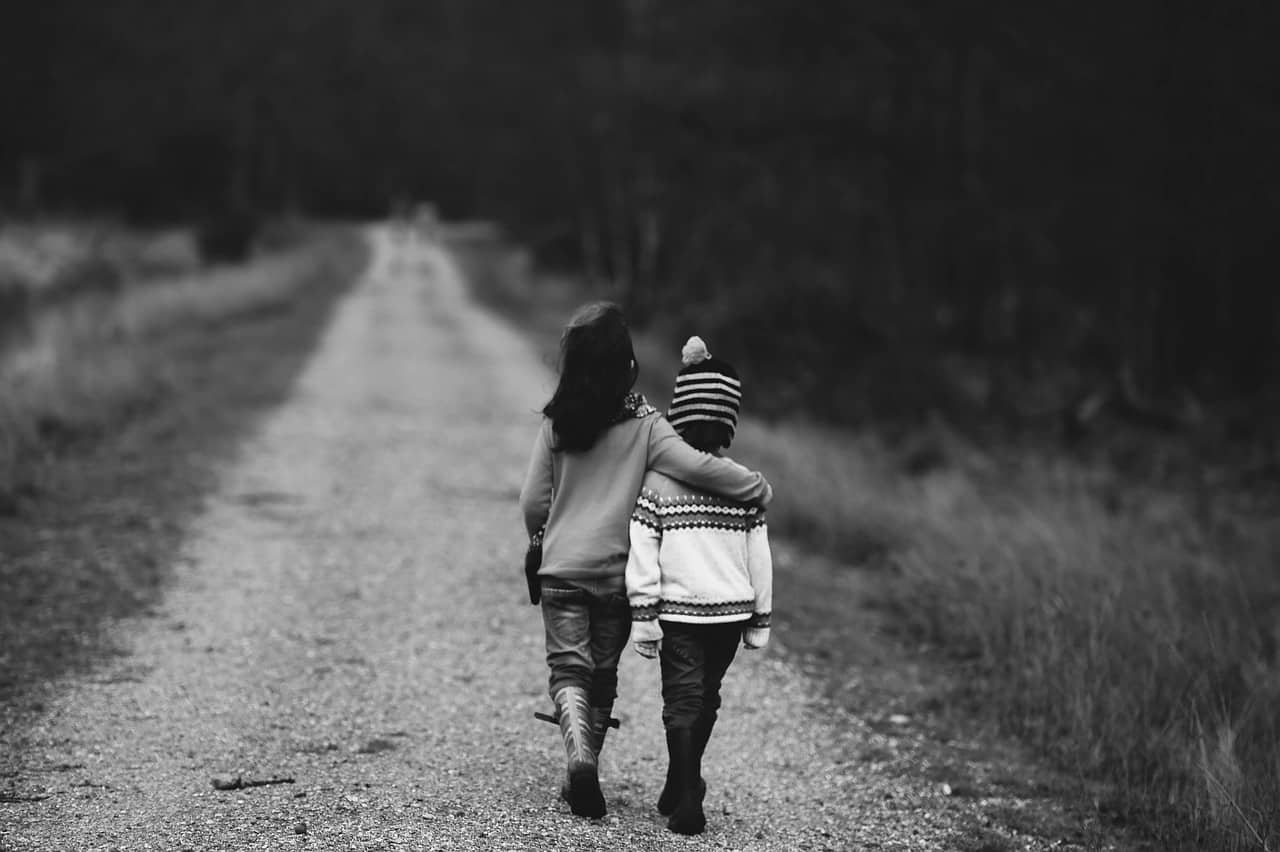Australia experiences the four seasons too, except that they’re out of sync with those of the Northern hemisphere. For instance, when it’s winter in Australia, the summer weather is unbearable in the Northern hemisphere. This is a huge country. I doubt if you’ll have enough time to visit all the great locations. Chances are you already have a few travel locations in mind but that’s just half the job. The Australian Climate is rather harsh to foreigners and you don’t want to visit locations during the wrong season.

Varying Climates
Australia is often thought of as a desert. This can’t be further from the truth. The country experiences the four seasons though they aren’t as distinct. Unlike in the northern hemisphere, the four seasons aren’t based on climate. Rather, they’re based on the Roman Calendar. The four seasons are distributed throughout the year with each one taking three months. Its Summer from December 31st and Winter starts in June. Tired of winter? You could visit Australia and experience an overnight season shift.
For an easy understanding of the Australian climate, I would prefer to explain it in terms of the number of months per season. All seasons in Australia last for a period of three months. Let’s take for instance summer, it begins from the first day of December and prevails entirely to the end of February. For the case of Autumn, it prevails in between the months of March and May. for Winter, it runs from the onset of June to the end of August. Our list of the seasons would not be complete if I fail to talk of Spring. As for Spring, it begins in the early days of September and runs through up to the end of November. Interesting! Even the seasons know how to equitably distribute the number of days amongst themselves. Don’t you find the climate in Australia to be amazing?
Climate basics
As I said earlier, the seasons in Australia occur in uniquely in regard to other seasons in North Hemisphere countries. They totally go against the norm. For instance, as opposed to the usual starting date (20th and 21st) for most seasons in northern hemisphere countries, the starting date for seasons in Australia is on the first day of the months. Mark it! First day. With this knowledge, I believe you can easily transverse the other usual dates for seasonal months with no difficulties.
For those who are unfamiliar with Australia and are planning to make their first appearance into this country, you need to psychologically prepare yourselves to experience huge climatic variations. This is majorly attributed by the countries large geographical area.
When heading to either southern or western parts of the country, you need to expect a perfectly moderated climate that never gives extreme weather conditions. On the other hand, the northern regions of the country are greatly tropical. What do I mean by being tropical? I simply mean that you should be ready to experience extreme weather conditions.
Most rainy seasons
Worried about the rains? Wondering which of the 4 seasons would you expect the highest downpours! Heavy drops are majorly received in Autumn. This season is experienced immediately from the first day of March and it runs all the way up to the end of May. At this time, Sydney’s waterfall does fall into a thud continuously for twelve days within the months of this season. After this, the other months of the year experiences light rainfall with an average of 8 days of rainfall in a month. I would, therefore, advise you to get the most reliable and durable umbrella that will effectively serve throughout this season especially if you will making numerous city travels.
Stormy and cyclonic months
In the case of cyclones, they are mostly experienced between the months of November and April. This typically occurs in the tropical regions of Australia. On an average of two years, a cyclone must hit this region. Good news to take home is that these cyclones never necessitate tragic landslides and severe injuries to residents. To be sure of safety at cyclonic months, you need to at least consult with the Bureau of Meteorology that is based in Australia.
The case in the northern regions of Australia is totally a different one. Here cyclones and storms occur heavily which may necessitate casualties and on extreme end landfalls.








